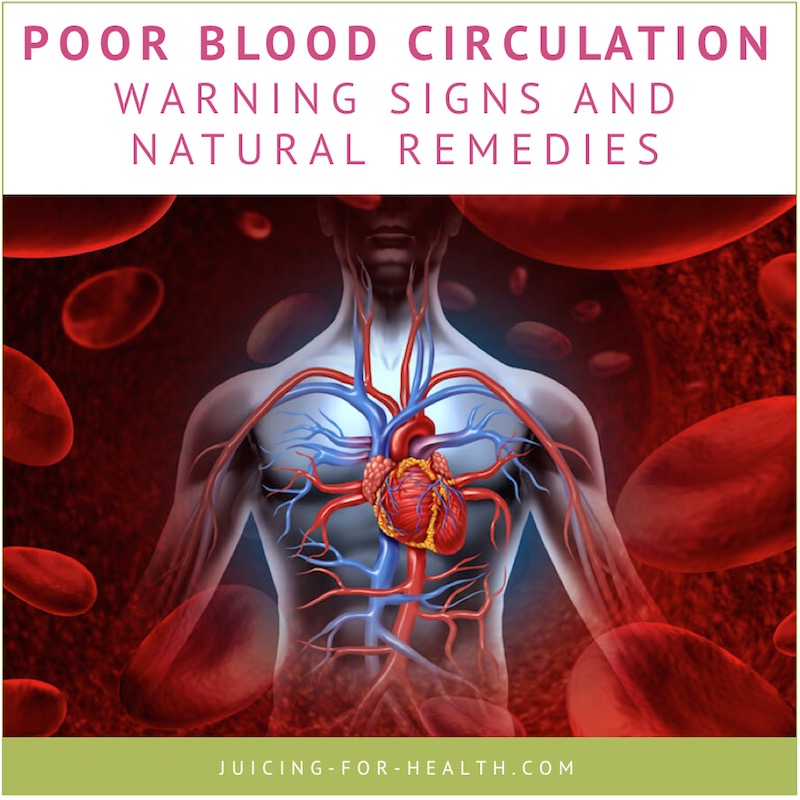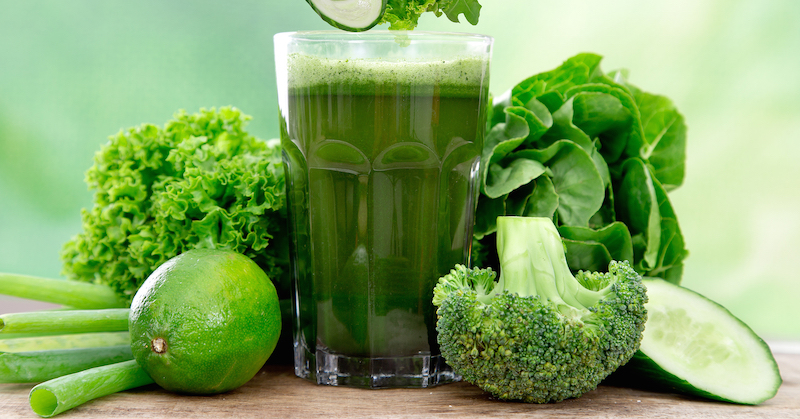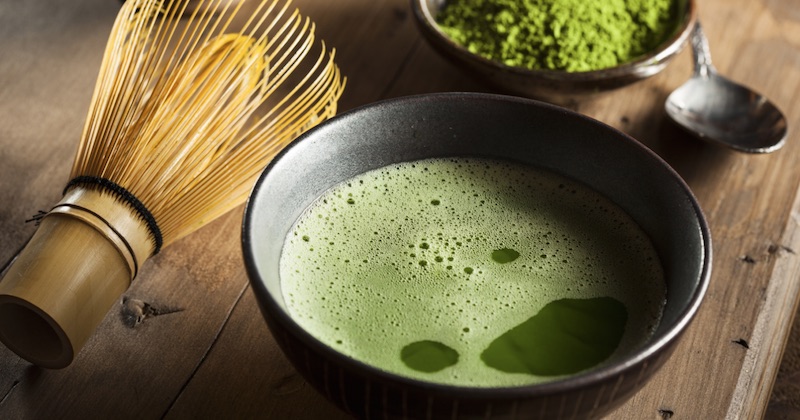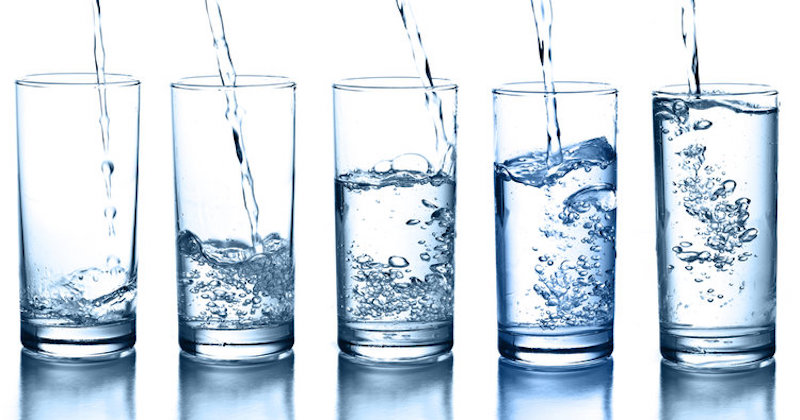14 Warning Signs Of Poor Blood Circulation And Natural Remedies
Last updated on
Let’s do this without any sugarcoating: there’s a good chance you have poor blood circulation.
It’s not even your fault (well, at least not 100% your fault)—it’s just how modern life is.
Most of us lead a sedentary lifestyle, follow a questionable eating regime, are regularly stressed out or in a state of chronic fatigue, and let’s not forget about environmental pollutants and other planetary-scale threats … When coupled with genetics and concurrent health issues, all of these factors contribute to poor blood circulation and result in:
- Oxygen hunger of the tissues and organs
- Decreased energy
- Impaired immunity
- Hormonal disruption
- Slow metabolism
We’ve prepared a comprehensive list of possible signs of poor blood circulation, and a collection of easy ways to start improving the situation today. Check it out!
14 Warning Signs of Poor Blood Circulation
Excess weight: Blood circulation directly defines your metabolism rate. The more blood flows through a given tissue, the faster its chemical reactions are, so poor blood flow instantly slows down the exchange processes in your body. Instead of being burned for energy, dietary carbs and fats get deposited into excess weight.
Increased fatigability: If your muscles get easily tired after just a bit of activity, this could be due to poor blood flow. Physical exercise quickly drains the muscular energy resources, and they won’t be replenished without proper circulation.
Constant sleepiness: Decreased blood supply to the brain instantly leads to a subjective feeling of tiredness and evokes the need to have some extra rest—even if you’ve just slept for some 10 hours straight. This is why waking up tired and sleepy could be a sign of poor blood circulation.
Cold hands, feet, ears, nose: In case of poor blood circulation, your body’s extremities are the first ones to suffer—and I don’t mean just the hands and feet. The ears and nose are sometimes even more sensitive and should be considered a valuable and early sign of circulatory issues. The Raynaud’s syndrome is a typical condition caused by poor blood circulation.
A numbing or tingling sensation in the hands and feet: Impaired blood circulation in the upper and/or lower extremities goes hand in hand with poor oxygen supply to the local nerves. This state is known as tissue hypoxia and often manifests with an unpleasant sensation of local tingling or numbing.
Slow regeneration of wounds and bruises: It’s impossible to heal any kind of physical damage without delivering enough “building blocks” to the place of injury, so if your blood flow is impaired, be aware that this could significantly slow down the healing processes in your body. This is exactly what diabetics suffer from, when their blood vessels are damaged by years of elevated blood sugar, resulting in poor blood supply to the limbs.
Dry skin: Poor blood circulation leads to impaired nourishment of the skin. Some visible signs of this state include skin dryness, decreased skin elasticity, and deeper skin wrinkles.
Hair loss: Your hair and nails are derivatives of the skin, so the health of the latter inevitably affects the health and beauty of the former. Thin and brittle hair and nails, hair loss—all of these could suggest a blood flow problem.
Brain fog: In terms of energy and oxygen supply, the human brain is one of the most demanding organs (second only to the heart, perhaps). When systemic blood flow gets impaired, the first warning sign is a phenomenon known as “brain fog”—a state of mental confusion and “thought numbness,” as if the mind was surrounded by a thick fog.
Decreased cognitive performance (memory, attention): Contrary to the previous point, this one is a fairly measurable aspect of your brain’s function. Have you been having trouble keeping your focus, memorizing even simple stuff, or paying attention to what’s happening around you? Consider improving the blood flow to your brain!
Dizziness (or fainting) after changes in position: Also known as postural or orthostatic hypotension—a sudden drop in blood pressure seen after a person suddenly stands up after sitting or lying for a while. This can be caused by various reasons (dehydration, medications, blood vessel diseases), but is always a sign of poor blood circulation to the brain.
Impaired immune response, frequent infections: Besides transporting oxygen throughout your body, the blood is also a universal delivery system of immune cells and protective factors. Impaired blood circulation essentially means less immunity spread throughout the tissues of your body, making them more prone to all sorts of infections.
Strange digestive symptoms: Having an upset stomach for no apparent reason could be a sign of impaired blood flow in the guts. The human intestines are highly sensitive to oxygen and nutrients delivery, so when one of those goes down, the guts start to sound the alarm in the form of digestive symptoms.
Increased Capillary Refill Time
To wrap everything up, here’s a fancy technique that doctors use to reveal poor blood circulation in the extremities: the capillary refill test.
To perform it, first, raise a hand so that it would be just a bit above the level of your heart. After that, apply some pressure on any of your fingernails (or on the soft pad of your finger) on the raised hand, until it turns white—then stop pressing and measure the time it takes for the white spot’s color to return. It shouldn’t take longer than 2 seconds, otherwise, it’s a guaranteed sign of poor blood circulation.
What To Do?
Well, now that you know the major signs of poor blood circulation, it’s time to learn of some definite ways to improve the condition, and the best way to kick off such a list is the use of certain foods, herbs and plants that are proven benefits for your blood vessels, heart, and circulation in general.
10 Natural Remedies To Improve Your Blood Circulation
The three core components of good blood circulation are:
- A strong heart
- Healthy vessels
- Blood with an optimal level of thickness
All of the points in this list address at least one of the abovementioned factors:
1. Freshly-Extracted Juices
Freshly-extracted juices are some of the best foods that help improve blood circulation. Fresh juices work because of their alkalizing and blood-cleansing properties that neutralize oxidative stress in the body.
Within minutes of drinking a glass of freshly-extracted juice, enzymes are activated, and blood vessels are dilated to significantly increase blood circulation. Green juices and beetroot juice are among the best recommended for daily consumption, if you have an issue with blood circulation—they are natural, fresh and effective.
2. Broccoli Sprout Juice
One of my favorite go-to juices is the broccoli sprout juice that has a high amount of glucoraphanin that converts to sulforaphane. Sulforaphane works magically in the human body, in many ways—in protecting the lining of arteries, boost a natural defence mechanism to protect arteries from diseases, undoing damages to heart blood vessels caused by diabetes—which all in turn contribute to better and much improved blood circulation.
In the process, and with regular consumption of broccoli sprouts, it helps reverse many chronic diseases caused by inflammation. Again, inflammation is often due to poor blood circulation over many years.
3. Citrus Fruits
Citrus fruits such as lemon, lime, grapefruit and orange are some of the best food sources for vitamin C and their bioflavonoids. Although they may taste acidic, they are really alkaline-forming and detoxifying when ingested. Alkalized blood means reduced acidity in the blood = better blood circulation.
Add a few slices of lemon or lime in your water daily to take advantage of their potent blood-circulation properties, while purifying your blood at the same time!
4. Matcha Green Tea
Matcha is 100% green tea leaves that have been ground into fine powder and is more concentrated than green tea. The health benefits of matcha green tea are significant as it helps to improve blood flow.
An essential factor that influences your blood circulation is the function of your blood vessels’ inner lining, scientifically referred to as endothelium. It produces nitric oxide (your body’s natural, powerful vessel-relaxing substance), fights back arterial plaque, even controls the formation of blood clots—and green tea is known to improve endothelial function almost instantly. Moreover, thanks to its great antioxidative potential, green tea can even reverse endothelial damage in smokers, improving their blood flow as well.
5. Ginkgo Biloba
Ginkgo Biloba is extremely beneficial for a lot of health aspects, and one of them is the blood supply to the heart (coronary blood circulation). By the way, studies indicate that this plant works especially well in patients with coronary disease and in healthy elderly adults.
Buy Ginkgo Biloba supplement >>
6. Vitamin B3 (Niacin)
A lot of folks take aspirin (acetylsalicylic acid) daily as a blood-thinning medication but a more natural and safer alternative that works better is vitamin 3 (niacin)? Within 20 to 30 minutes after taking niacin, your blood vessels dilate, causing a warming sensation in your body—that’s the magical effect of niacin, known as the ‘niacin flush’—the true power of niacin.
Niacin has a long list of uses, since improving your blood circulation means reversing many symptoms. While reducing blood pressure, it improves circulation to the legs and feet in diabetics and the elderly.
It increases blood supply to the ear in cases of near-deafness, vertigo and tinnitus (ringing in the ear). Some even take it at the first sign of migraine, and instantly stop the pain, as niacin supplies blood directly to the brain.
7. Hot Peppers
The substance that’s responsible for the delicious hot flavor of spicy peppers is called capsaicin, and it has quite a few fancy benefits for your blood circulation. For example, it prevents arterial plaque by elevating the level of “good cholesterol” (high-density lipoprotein), helps the blood vessels relax by improving nitric oxide synthesis, and boosts your metabolism in general. More reason to spice up your meals for a better circulation!
8. Hawthorn (Crataegus) Extract
In terms of improving circulation, hawthorn extract is pretty much a miracle thing with a long list of benefits: It protects the inner lining of the blood vessels, helps them to dilate and relax, strengthens the heart, prevents blood clotting, improves cholesterol levels, and even normalizes blood pressure. What’s also important, hawthorn is one of the safest plants recommended for cardiovascular support, with no side effects or known herb-drug interactions.
9. Turmeric (Curcumin)
One of the most popular spices worldwide and an essential component of curry, turmeric is rich in curcumin—a natural phenol with a powerful vessel-protective action. Curcumin improves endothelial function by alleviating damage from free radicals, and helping the blood vessels relax—thus letting more blood flow through them.
Buy Turmeric Curcumin with Bioperine >>
10. Near Infrared Light Therapy
One of the key reasons why near infrared light therapy is so effective in assisting the body to heal from inflammation, aches, pains, wound, injuries and various diseases/infections is that it improves and enhances blood flow. Better blood flow means that your blood vessels are able to carry more oxygen and nutrients to the injured tissues to stimulate and accelerate healing.
After just 15-20 minutes of treatment with NIR light, blood circulation is increased to injured nerves and tissues to boost local circulation. Production of nitric oxide is improved, thus promotes healing and relieves pain.
Circulation-Boosting Lifestyle Changes
Stay Hydrated
I can almost hear you sigh “There goes hydration again…” but hey—about 50% of your blood volume is water. The equation is simple: poor hydration = thicker blood = poor blood circulation. In terms of blood circulation, however, remember that freshly-extracted juices are even better than water as they are rich in natural antioxidants to provide some extra protection to your arteries and veins. Still, it is so important that you drink sufficient water daily to stay hydrated.
Stop Eating Processed Foods
Processed foods are foods that have been processed many times over with chemicals and artificial food additives—flavors, colors, taste and preservatives. The more processed a food is from its original state, the less nutrients it has, and the more harmful it becomes.
Eating a diet that is heavy on processed foods is the fastest way to deteriorate your health, get sick and fat. These “foods” often contain high amounts of sodium, fats, sugar and artificial chemicals—compounds that your body cannot absorb, that eventually lead to contamination of the blood. Contaminated blood = thick blood = acidic blood = poor blood circulation= disease-prone.
Exercise Regularly
Your heart is a muscle, the walls of your blood vessels have a muscular layer, and what do we do with muscles to improve their function? That’s right, we exercise. Whenever you move, you’re training the muscles involved in ensuring a healthy blood circulation.
Take Care Of Your Posture
In order to ensure a good blood circulation, maintaining a healthy posture at all times is extremely important. Bad posture results in constant tension in the muscles of your neck and back, limiting blood flow and decreasing blood supply to the brain (that’s a common cause of headache, by the way).
Quit Smoking, If You Smoke
Tobacco is terrible for your cardiovascular system, so quitting is guaranteed to skyrocket the quality of your circulation in just a few weeks. Vaping is no better—it creates vapor that has ultrafine particles, artificial flavors, chemicals, carcinogens and heavy metals—all contribute to the thickening of blood thus decreases blood circulation.
Wear Clothes And Shoes Of Your Size
Smaller sizes instantly result in a local compression of the tissues, limiting the blood flow through them.
Conclusion
Now you know some fabulous (and REALLY effective) ways to improve your blood flow, but there’s one more important thing to remember:
These are NOT some kind of magical one-time long-term solutions.
For a solid and consistent effect, the principles and recommendations described in this article should be adopted as a habit, otherwise, they’ll just provide some short-term relief. Which isn’t bad at all, but we’re sure you want more than that. 🙂
Some of the links I post on this site are affiliate links. If you go through them to make a purchase, I will earn a small commission (at no additional cost to you). However, note that I’m recommending these products because of their quality and that I have good experience using them, not because of the commission to be made.






































 JOIN OVER
JOIN OVER
Comments